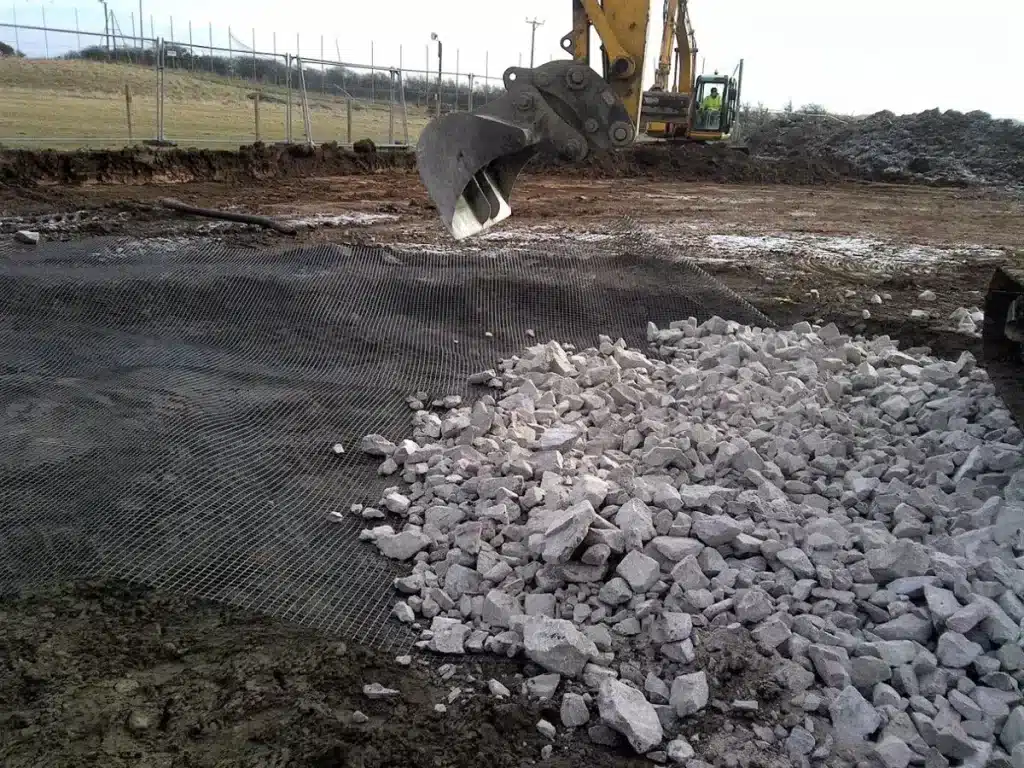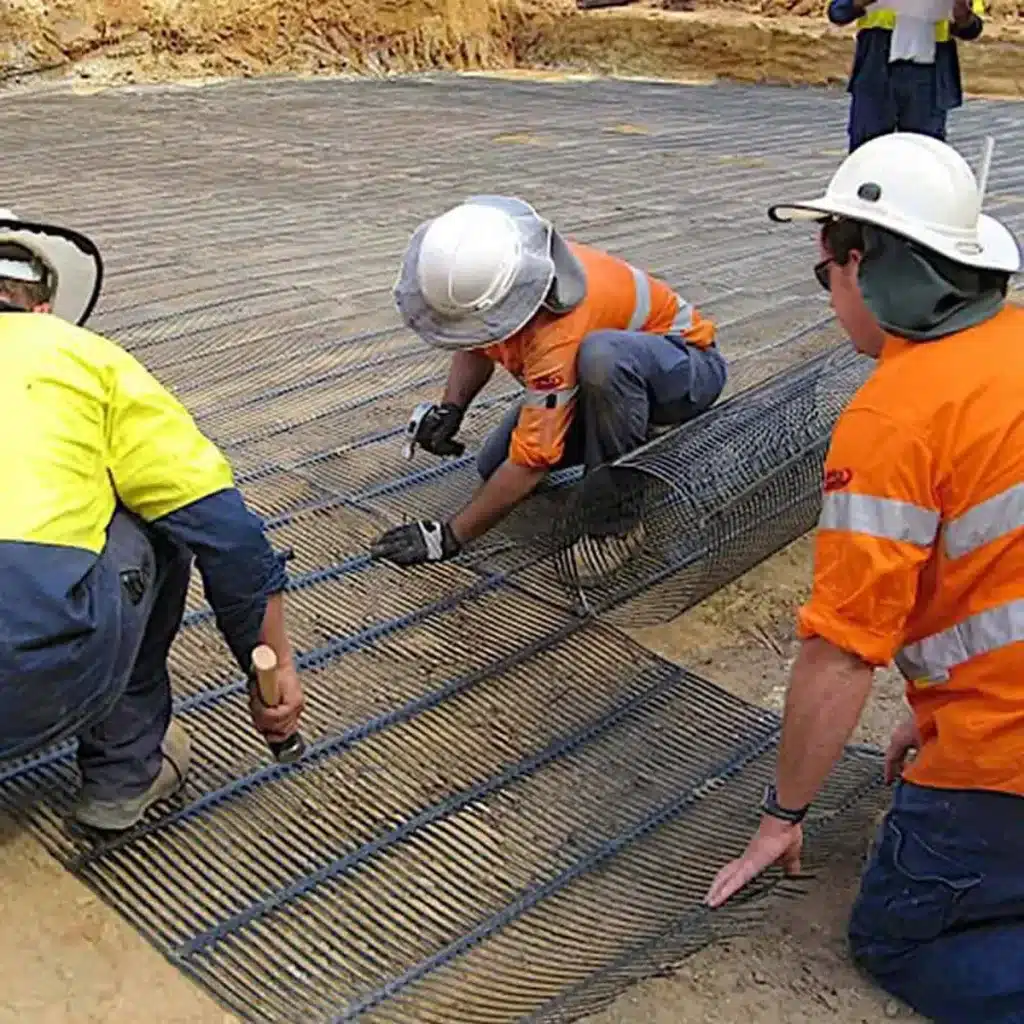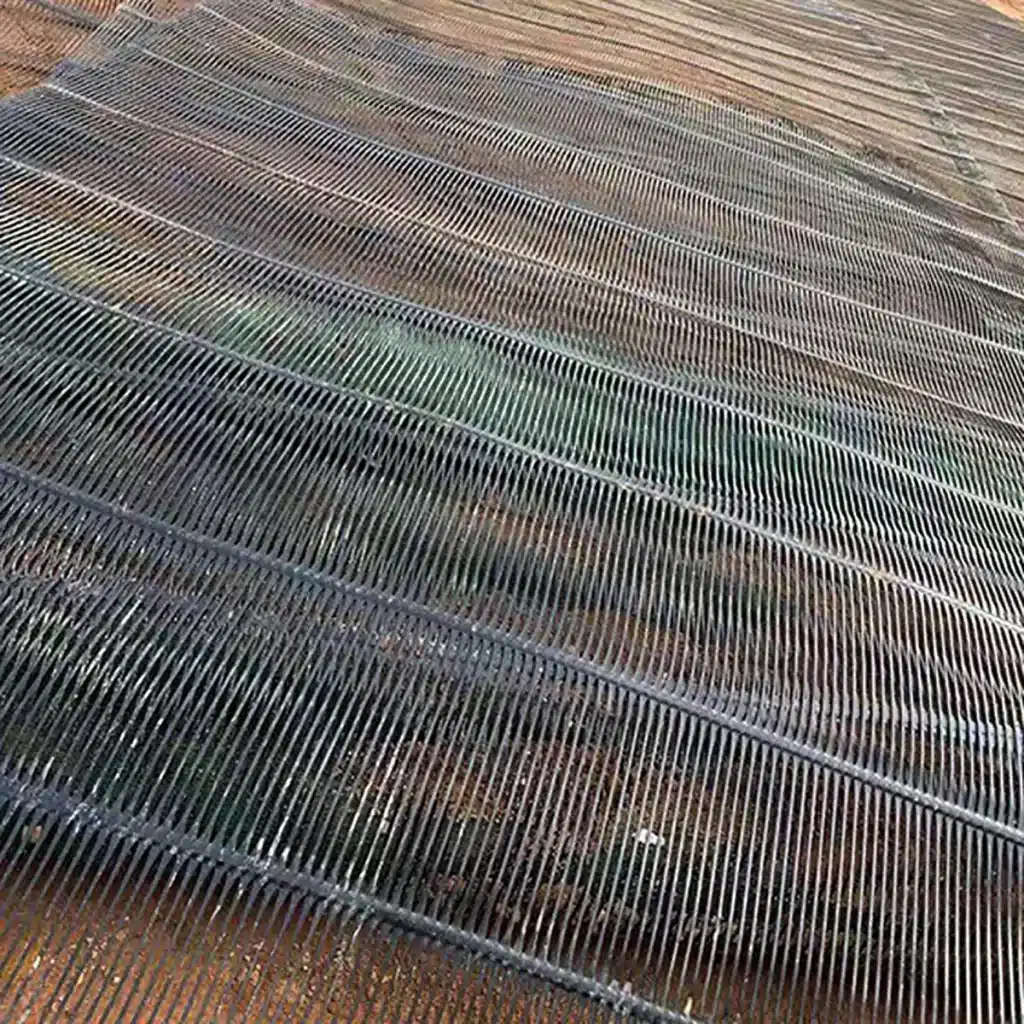+86-159 9860 6917
info@geofantex.com
geofantex@gmail.com
+86-400-8266163-44899
Retaining walls have a crucial role in safeguarding landscapes from natural elements. It is imperative to construct the wall accurately, using appropriate materials to ensure long-term stability. Cutting corners and neglecting to use stabilizing grids can compromise the wall’s stability, leading to potential hazards for people and landscape damage. When engaging professionals for such work, it is always advisable to verify their experience in this specific area of construction.
There are multiple reasons why retaining walls may fail, with inadequate drainage behind the wall being the most common issue. Insufficient drainage can result in the circulation of moisture, leading to frequent freezing and thawing, particularly during colder seasons. Certain northern states experience this phenomenon more frequently in the spring and fall months. In the presence of clay back-fill, freezing occurs during evenings, followed by ice melting and infiltrating the surrounding area, exerting outward pressure.
What is a geogrid wall?
Geogrid is a geosynthetic material, made of polymers, which is used to reinforce soil behind retaining walls. Installed in horizontal layers between wall courses and extending into the soil behind a wall, geogrid stabilizes the soil and so increases a wall system’s mass and stability.
Do I need geogrid for retaining wall?
Once the retaining wall is over 6′ in height, if it isn’t being built from 24″+ wide limestone outcroppings or similarly sized, dense material, geogrid is required
What is a geogrid used for?
Geogrids provide reinforcement, stabilization, and even filtration when used with properly sized aggregate fills. Made from polymers such as polypropylene, polyethylene, or polyester, they are used widely in civil engineering applications.
How long does geogrid last?
Since then, Tensar geogrids have been used on thousands of projects globally to build earth retaining structures with up to 120 years design life and to support roads, railways and trafficked areas, saving significant time and money over alternative methods.

In some instances, the walls are subjected to excessive soil pressure beyond their capacity to withstand. While this is often due to inexperienced individuals who lack proper knowledge of retaining wall construction, there have been instances where even knowledgeable landscapers have made similar mistakes.
Constructing a retaining wall that is too tall without appropriate reinforcement can result in structural failure. Customers invest significant sums of money in building these retaining walls, only to face additional expenses in demolishing and rebuilding them. A quick online search about failing retaining walls reveals the disastrous consequences that can arise.



Get Free Sample
We’ll respond as soon as possible(within 12 hours)






















